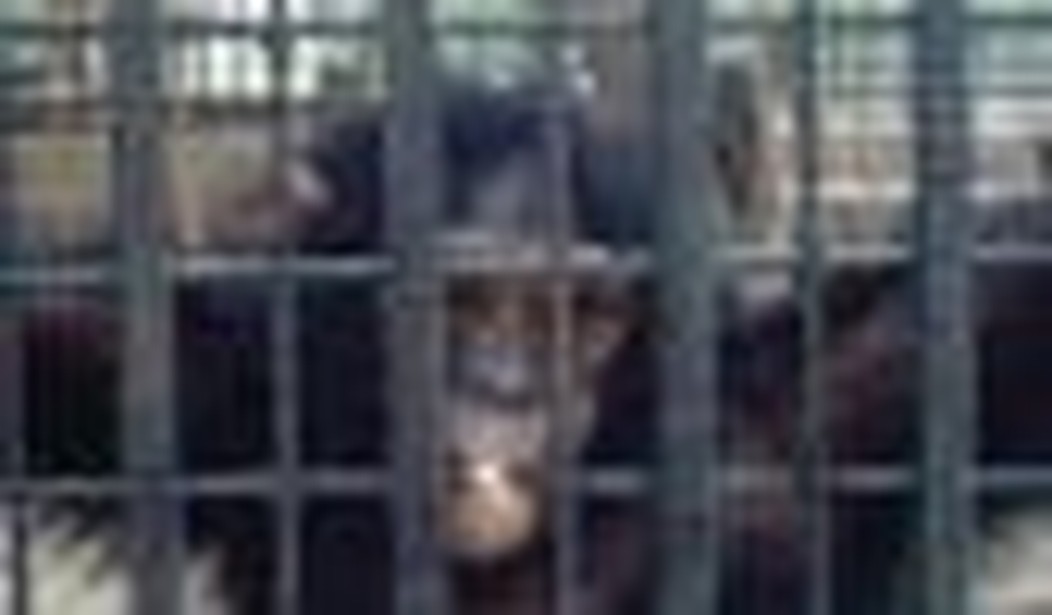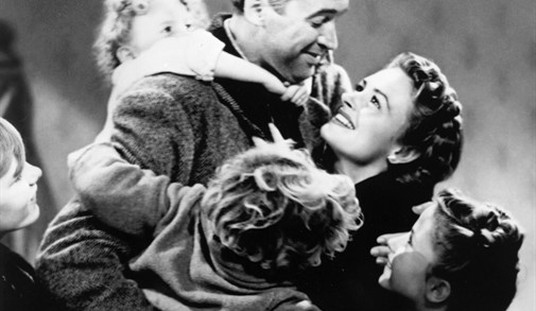Ever since the World Wildlife Fund adopted the panda as its trademark I have felt slightly uneasy, even guilty, about zoos. Should all those splendid creatures really be confined to small cages or enclosures and exposed to the idle, junk-food-consuming gaze of the general public as they sleep or pace up and down for lack of anything else to do (the animals, I mean, not the general public)? Whenever I pass a zoo, I begin to half-remember lines from William Blake: tygers burning bright, all heaven in a rage because of the robin redbreast being in a cage, and that kind of thing.
The other day, for reasons both complex and far too boring to be related, I found myself at a loose end in the afternoon in a suburb of Edinburgh in which that city’s zoo happens to be located.
I am glad to say, canny honorary Scotsman as I was for the day, that I got a fifty percent rebate on my entry ticket because the weather was foul — snow everywhere — and the vast majority of the animals being of tropical origin (rather like the populations of many European inner cities, in fact), they had retreated indoors into their centrally heated quarters in which, however, they were not easily visible to visitors. Only the Patagonian sea lions disported themselves happily in their ice-covered pond; even the polar bears, by now no doubt accustomed to the superior comforts of their native regions brought about by global warming, had retreated indoors.
I don’t know how many chimpanzees most zoos have, but Edinburgh seemed to have quite a lot. I counted nine, at the least. They are subject to the detailed research of primatologists there, because as we know, man (at least his DNA) is 99 percent chimpanzee, and therefore observing chimpanzees closely will tell us all about ourselves. Man is also 98 percent mouse, of course; though metaphorically speaking, he is 100 percent rat.
Anyway, as I gazed at the chimps eating their leeks — which, rather to my surprise, they seemed to prefer to everything else — I was subject to a sudden illumination. One of the chimps, a female, was 48 years old according to one of the boards giving information about the whole troupe. She was in fine fettle from the look of her, by no means geriatric or in need of a walking/climbing frame. But chimpanzees in the wild have a life expectancy of only 15 years; a mere seven percent of them live to be 40.
In fact, I had already noticed that the life expectancies of all the animals in the Edinburgh Zoo were about double those in the wild, and that set me thinking. Captivity is good for animals, at least for those that can be kept in it.
Now it is a self-evident truth that all animals are created equal and endowed by their creator with unalienable rights, among them life, liberty, and the pursuit of happiness. But it takes little thought to know that of these three rights, that to life must be primary, for without it the others are null and void. It is perfectly obvious that you can’t be free or pursue happiness if you’re dead.
This surely means that, if you are an animal lover, you should try to reduce any animal that you see in the wild at once to captivity, at least of the Edinburgh Zoo variety. Failure to do so is de facto condemning that animal to an early grave. The animal will be better fed, have fewer parasites, and be sheltered from the bad weather if you capture him. Above all, he, or it, will have much better health care than in the wild. Indeed, in the wild animals are even worse off than Americans without health insurance.
What would Blake write now, knowing this?
A robin redbreast in the wild
Gets a Democrat all riled.









Join the conversation as a VIP Member